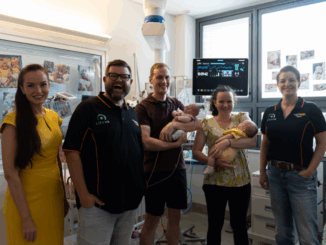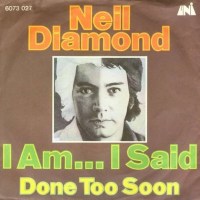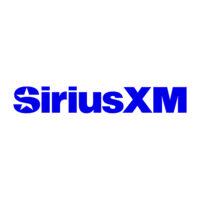When it comes to entertainment, we’re all faced with a myriad of choices, writes Michael Ireland, Radiocentre Director of External Affairs.
Every day we make countless conscious (and subconscious) decisions based on a huge array of factors and external influences. Yet there’s still something special about the unique connection a listener has with their favourite radio station. That live human connection and companionship is an enduring element that cannot be replicated by an algorithm.
While most listeners intuitively grasp the reasons why they tune in again and again, they aren’t necessarily aware of the significant public value that the commercial radio sector provides. In order to shine a light on this, Radiocentre’s new Commercial Radio: A Force for Good report highlights the number of ways commercial stations all over the country provide remarkable public value to audiences.
One person who really does recognise the vital role played by commercial radio is Lisa Nandy, Secretary of State for Culture, Media & Sport. As we launched our new report, she remarked that “stations have unique connections with their listeners, drive economic growth in our creative economy, and provide advertisers with trusted environments for their campaigns.”
The Culture Secretary is absolutely right and underpinning these positive attributes is trust. When we asked them, almost two thirds of listeners told us they are concerned about the amount of misleading or false information presented as news on other channels, particularly social media. Radio stands out as the most trusted of all media channels, with 69% of our listeners trusting its news to be factual and true, compared to just 27% for social media.
Crucially, at a time when news avoidance is on the rise, radio’s appeal as a news source has actually grown – 40% of respondents to our study reported relying more on radio for news and current affairs than they did in the past and it’s even more pronounced for younger (16-34 year olds) listeners.
Trust in radio isn’t just valued by listeners – it is also paramount for advertisers seeking brand safe environments for their campaigns. The fact that radio content is regulated to prevent harm and offence provides reassurance for advertisers, while Radiocentre’s dedicated clearance team also do their part by ensuring that scripts comply with the latest content rules and standards before ads go to air.
Regular commercial radio listeners will also recognise the important ways throughout the year that stations support charity initiatives. Whether that’s donating valuable airtime to the Disasters Emergency Committee (DEC) campaigns or raising money directly for good causes that support local communities, broadcasters help to raise millions of pounds every year.
Alongside this positive charitable impact, the industry makes an important contribution to the wider economy, supporting over 12,000 jobs. Revenues also remain strong at £737m last year. This is all part of a great success story for our sector, yet challenges undoubtedly lie ahead – listening habits continue to evolve, discussions on BBC Charter review are set to begin later this year and new powers supporting the radio sector that stem from the Media Act have still yet to be implemented.
Given this background it is especially important to provide policy makers with a reminder of the enduring public value role of commercial radio and audio. This evidence enables us to make an even more compelling case with both government and Ofcom to ensure that the operating framework remains relevant. This will help secure the future of commercial radio, allowing broadcasters to continue to deliver for audiences and remain a force for good across the UK.
Download Commercial Radio: A Force for Good here. A summary version of the report is here.
#mc_embed_signup{background:#fff; false;clear:left; font:14px Helvetica,Arial,sans-serif; width: 600px;}
/* Add your own Mailchimp form style overrides in your site stylesheet or in this style block.
We recommend moving this block and the preceding CSS link to the HEAD of your HTML file. */ […]






